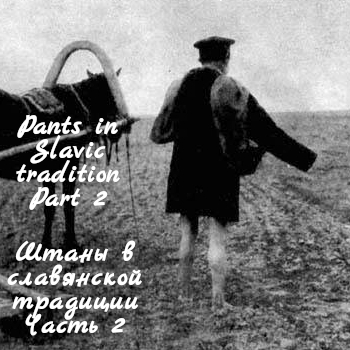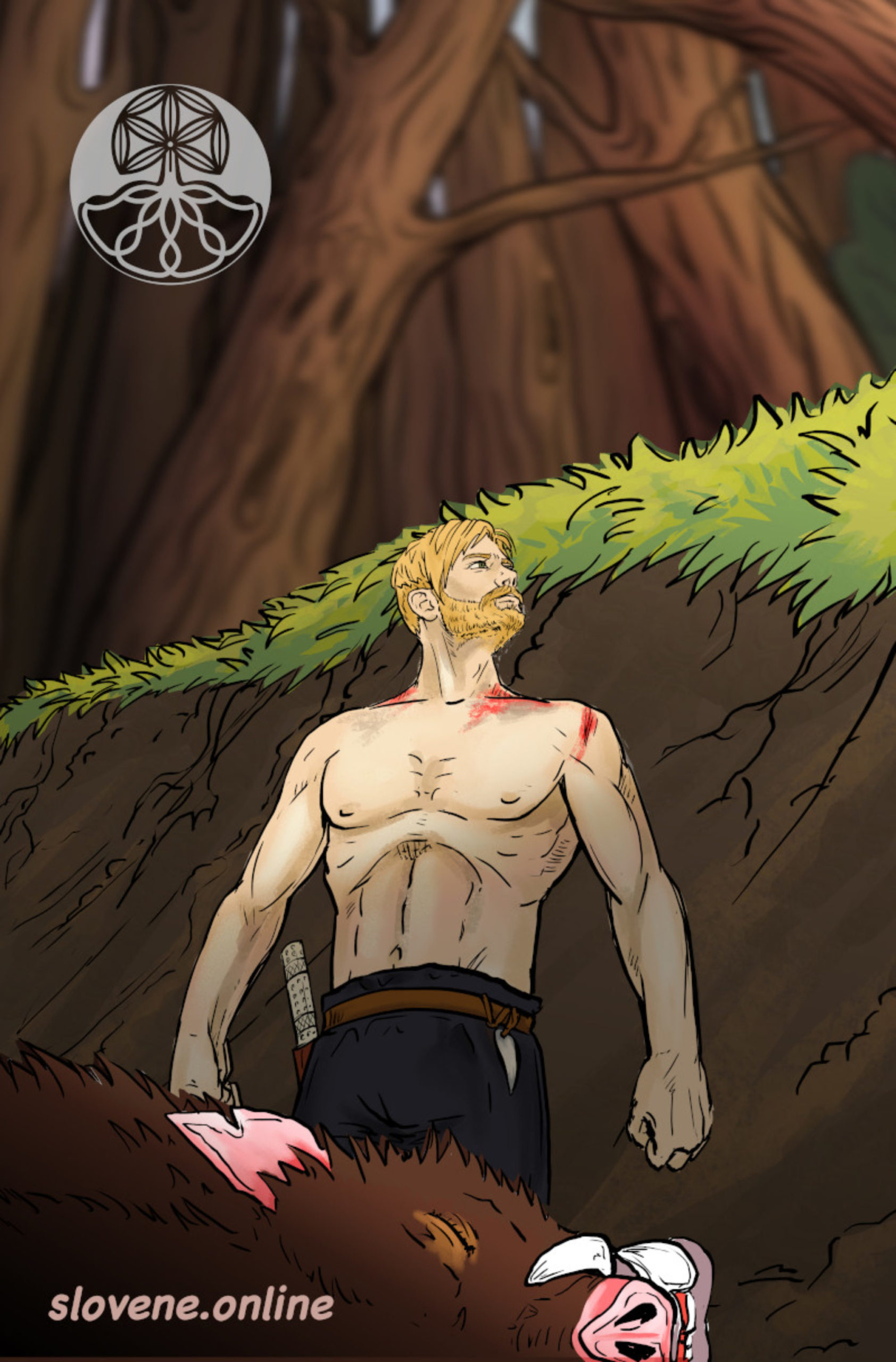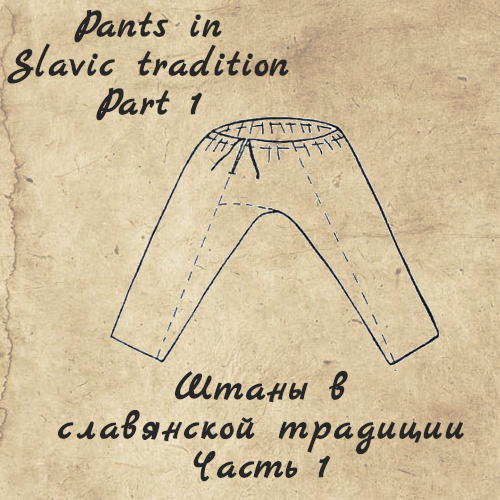The old photograph of the last century depicts a barefoot Russian peasant who sows linen, while carrying seeds in his pants instead of a bag or basket. Why do you think he is doing it like that?
ꏍ
This ancient Slavic tradition of ensuring the plentiful harvest of flax came to us thanks to the Soviet anti-religious propaganda marked as “savage ritual” 🙂 So what is really shown on the picture?
ꏍ
The producing fertility power was attributed to the pants, so they were constantly used in maternity, wedding, agricultural and cattle breeding ceremonies by Slavs. In the Ryazan region, while sowing, the owner carried seeds in his own pants. Polish people believed that “double” ears (spica) could grow from grains passed through the pants of the sower. In Kaluga region cannabis seeds were poured into special pants so that cannabis would be stronger, these pants were carried on the shoulder, and after sowing, they were hung in a barn on a high hook – so that cannabis “would be poured to the top”. By the way, hemp/cannabis was used to make the best ropes very popular among the sailors and at some point, Russia was supplying the whole world with these ropes for ships 😉
ꏍ
To attract grooms and matchmakers to the village, in the Volga region around New Year people stole pants from someone’s backyard where clothes were drying, and then dragged them around the village. In Polesie, a family which had a girl of marriageable age, would draw a circle around their house with pants, so the girl would get married. Men’s pants were tied to the table during the matchmaking, so that the bride would agree to marry.
ꏍ
Source: “Slavic Antiquities” – encyclopedic dictionary in 5 volumes by Institute for Slavic Studies of the Russian Academy of Sciences.
Photo: Museum fund of Russia https://goskatalog.ru/



